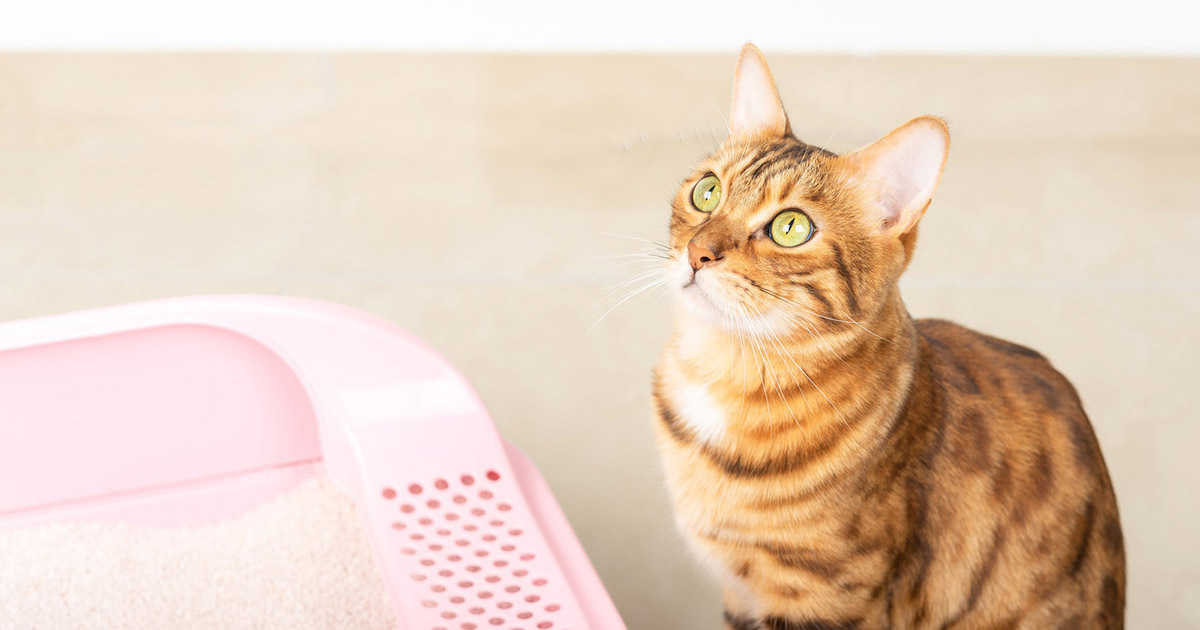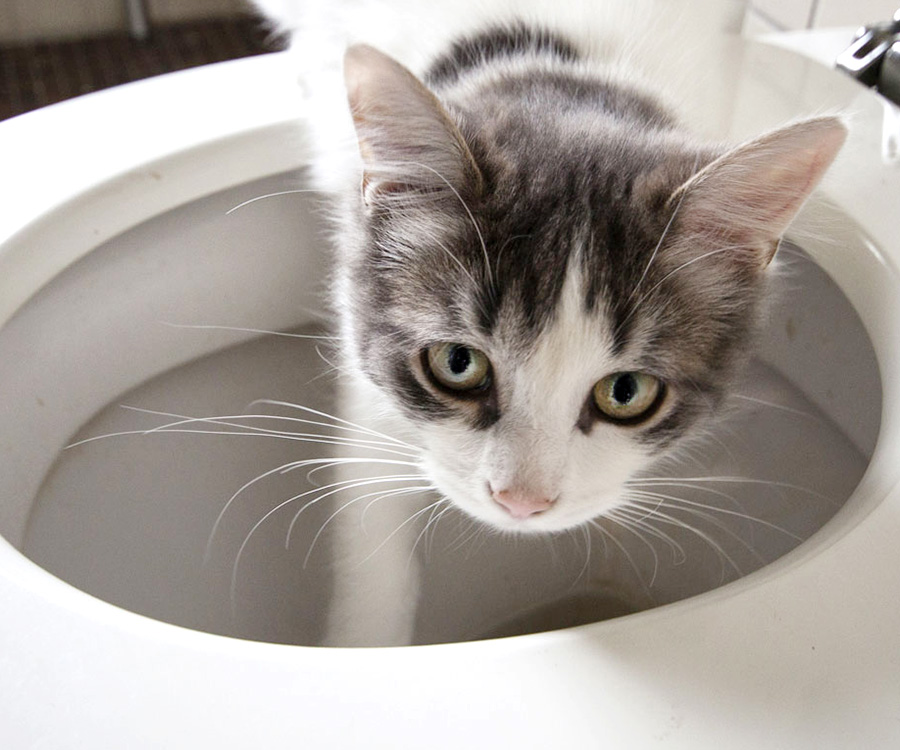Avoid Plumbing Problems: Never Flush Cat Poop Down Your Toilet - Expert Guidance
Avoid Plumbing Problems: Never Flush Cat Poop Down Your Toilet - Expert Guidance
Blog Article
Are you searching for information and facts concerning Don’t flush cat feces down the toilet?

Introduction
As cat owners, it's necessary to be mindful of how we deal with our feline buddies' waste. While it may appear practical to flush pet cat poop down the toilet, this technique can have destructive repercussions for both the environment and human health and wellness.
Environmental Impact
Purging cat poop presents hazardous pathogens and parasites right into the supply of water, presenting a considerable danger to marine ecosystems. These pollutants can adversely influence marine life and concession water top quality.
Wellness Risks
Along with environmental worries, purging pet cat waste can also posture health dangers to people. Pet cat feces may include Toxoplasma gondii, a parasite that can cause toxoplasmosis-- a possibly extreme health problem, especially for expecting ladies and individuals with damaged body immune systems.
Alternatives to Flushing
Fortunately, there are safer and extra accountable ways to get rid of cat poop. Consider the complying with options:
1. Scoop and Dispose in Trash
One of the most common method of disposing of pet cat poop is to scoop it right into a biodegradable bag and toss it in the trash. Make sure to use a devoted clutter scoop and get rid of the waste quickly.
2. Use Biodegradable Litter
Select eco-friendly pet cat clutter made from products such as corn or wheat. These litters are environmentally friendly and can be safely gotten rid of in the trash.
3. Bury in the Yard
If you have a yard, consider burying pet cat waste in a marked area away from veggie yards and water sources. Be sure to dig deep adequate to stop contamination of groundwater.
4. Mount a Pet Waste Disposal System
Invest in an animal garbage disposal system particularly developed for pet cat waste. These systems utilize enzymes to break down the waste, minimizing odor and ecological effect.
Verdict
Liable animal possession prolongs beyond supplying food and shelter-- it additionally includes correct waste administration. By refraining from flushing pet cat poop down the bathroom and opting for alternate disposal techniques, we can reduce our ecological impact and protect human wellness.
Why Can’t I Flush Cat Poop?
It Spreads a Parasite
Cats are frequently infected with a parasite called toxoplasma gondii. The parasite causes an infection called toxoplasmosis. It is usually harmless to cats. The parasite only uses cat poop as a host for its eggs. Otherwise, the cat’s immune system usually keeps the infection at low enough levels to maintain its own health. But it does not stop the develop of eggs. These eggs are tiny and surprisingly tough. They may survive for a year before they begin to grow. But that’s the problem.
Our wastewater system is not designed to deal with toxoplasmosis eggs. Instead, most eggs will flush from your toilet into sewers and wastewater management plants. After the sewage is treated for many other harmful things in it, it is typically released into local rivers, lakes, or oceans. Here, the toxoplasmosis eggs can find new hosts, including starfish, crabs, otters, and many other wildlife. For many, this is a significant risk to their health. Toxoplasmosis can also end up infecting water sources that are important for agriculture, which means our deer, pigs, and sheep can get infected too.
Is There Risk to Humans?
There can be a risk to human life from flushing cat poop down the toilet. If you do so, the parasites from your cat’s poop can end up in shellfish, game animals, or livestock. If this meat is then served raw or undercooked, the people who eat it can get sick.
In fact, according to the CDC, 40 million people in the United States are infected with toxoplasma gondii. They get it from exposure to infected seafood, or from some kind of cat poop contamination, like drinking from a stream that is contaminated or touching anything that has come into contact with cat poop. That includes just cleaning a cat litter box.
Most people who get infected with these parasites will not develop any symptoms. However, for pregnant women or for those with compromised immune systems, the parasite can cause severe health problems.
How to Handle Cat Poop
The best way to handle cat poop is actually to clean the box more often. The eggs that the parasite sheds will not become active until one to five days after the cat poops. That means that if you clean daily, you’re much less likely to come into direct contact with infectious eggs.
That said, always dispose of cat poop in the garbage and not down the toilet. Wash your hands before and after you clean the litter box, and bring the bag of poop right outside to your garbage bins.
https://trenchlesssolutionsusa.com/why-cant-i-flush-cat-poop/

I stumbled upon that piece of writing about How to Dispose of Cat Poop and Litter Without Plastic Bags when browsing the web. Enjoyed our piece? Please share it. Help others check it out. Many thanks for taking the time to read it.
Call Today Report this page